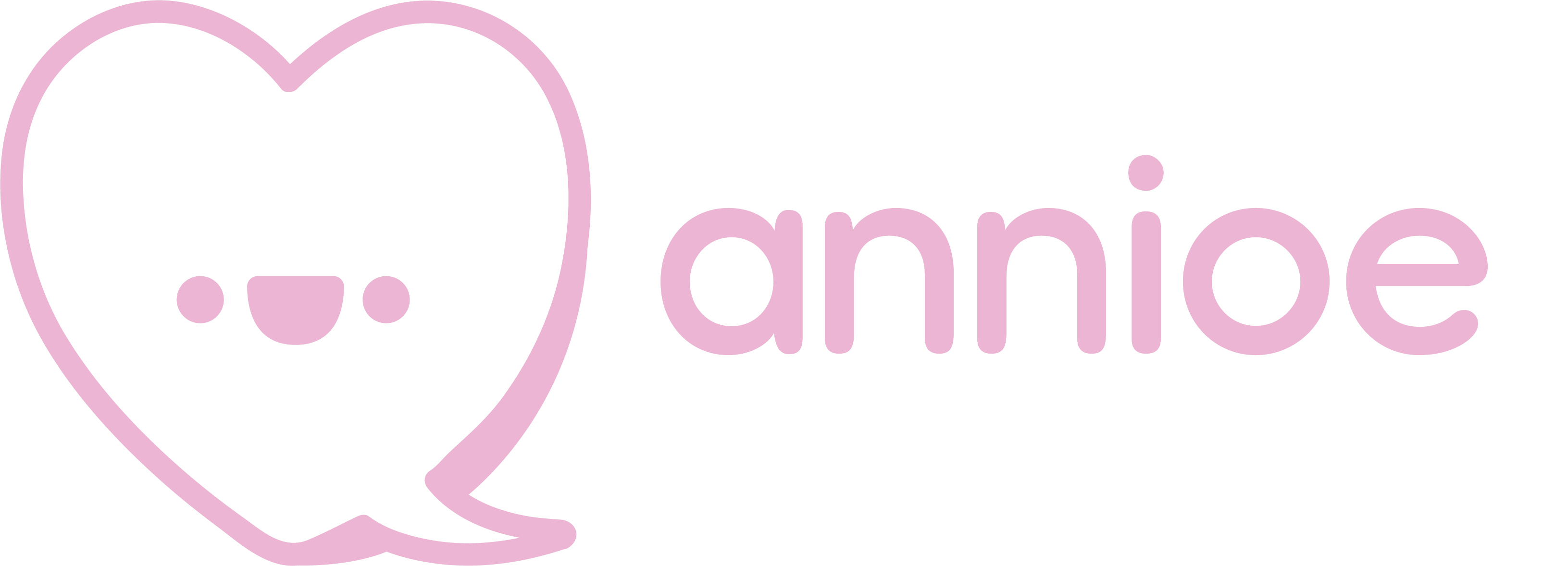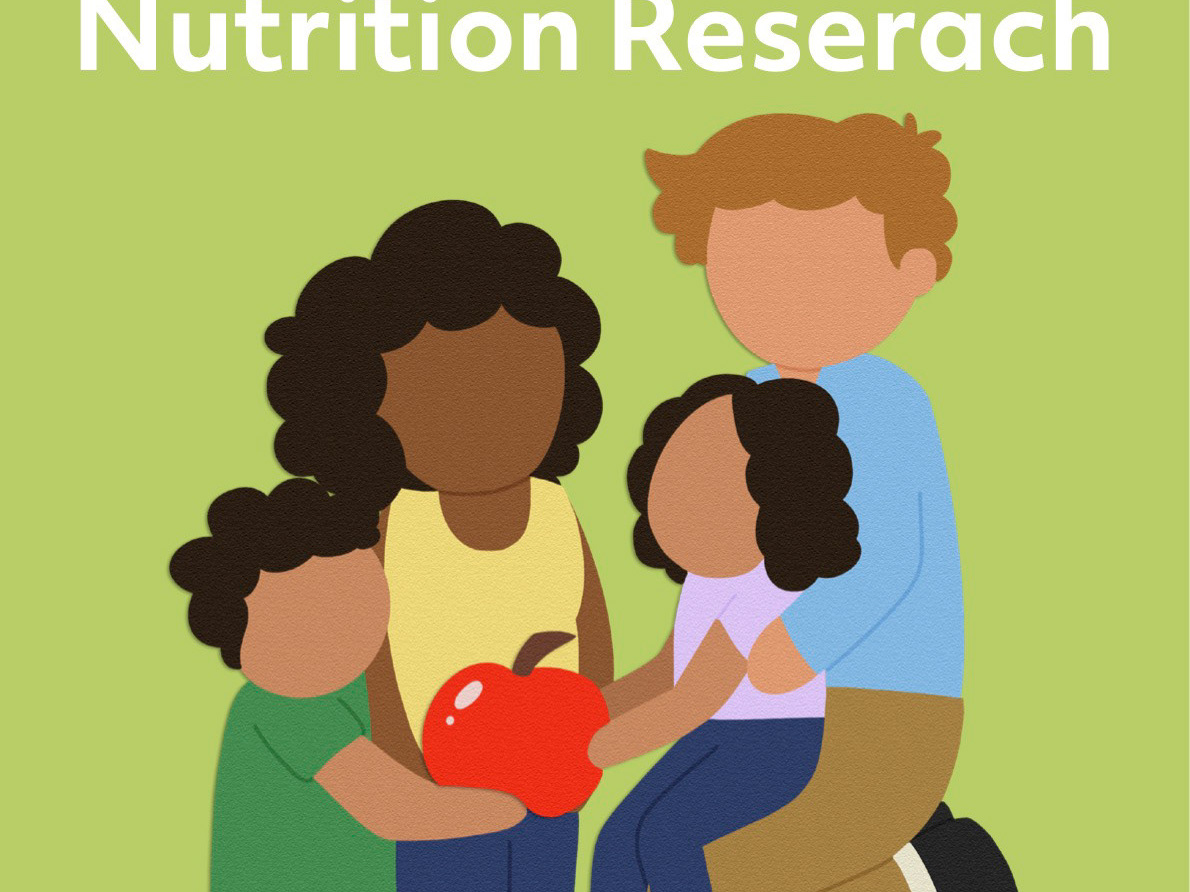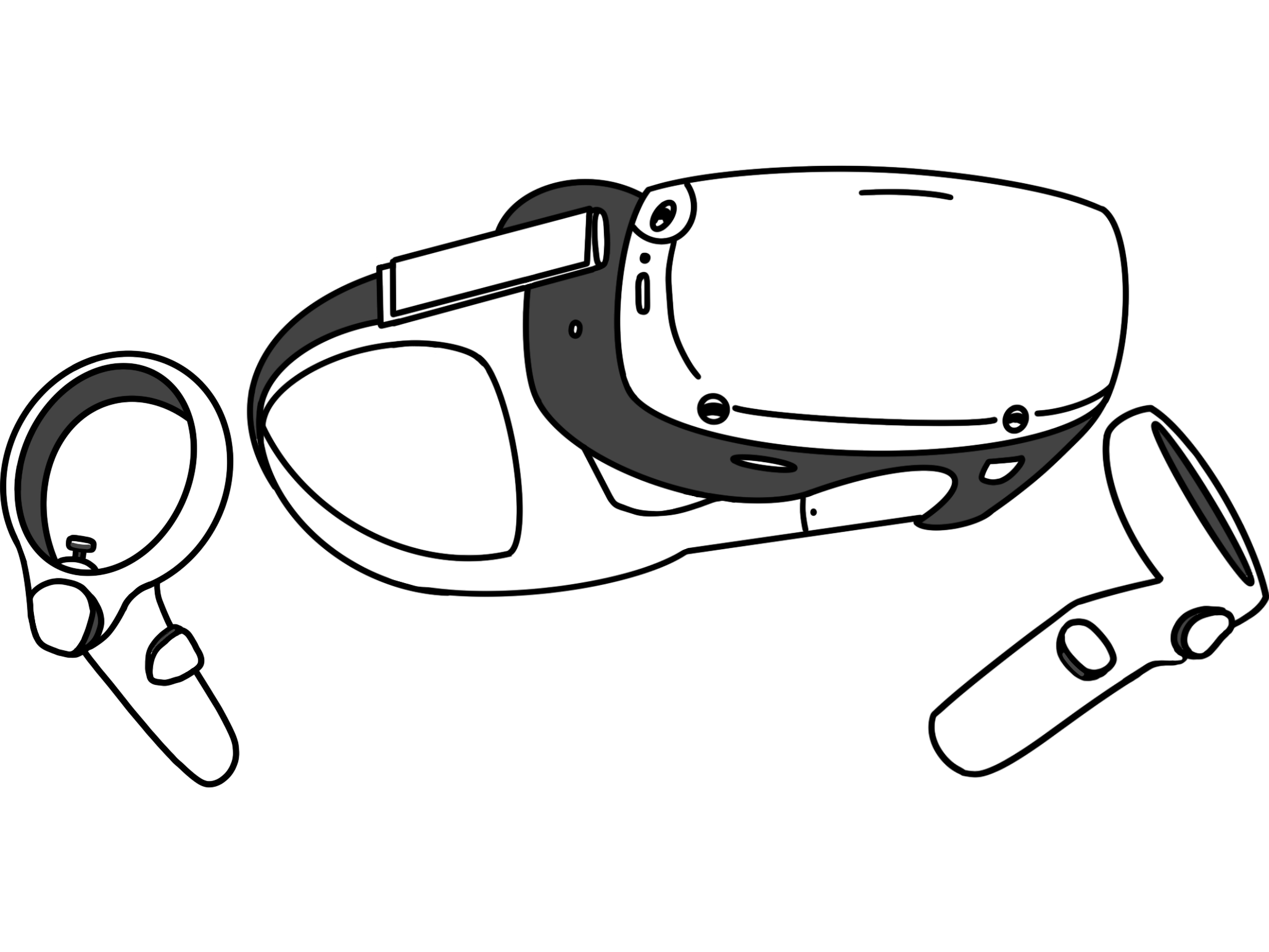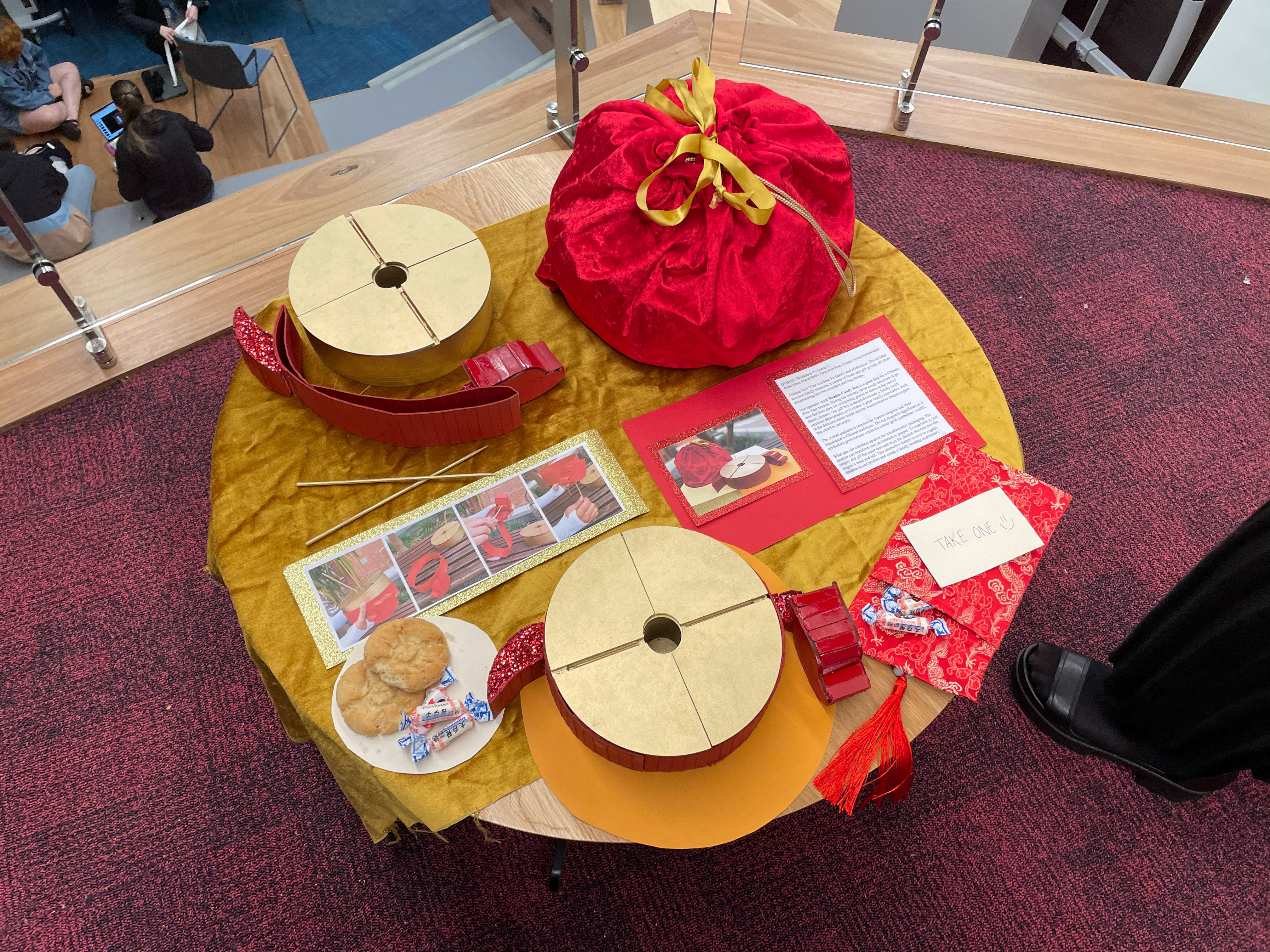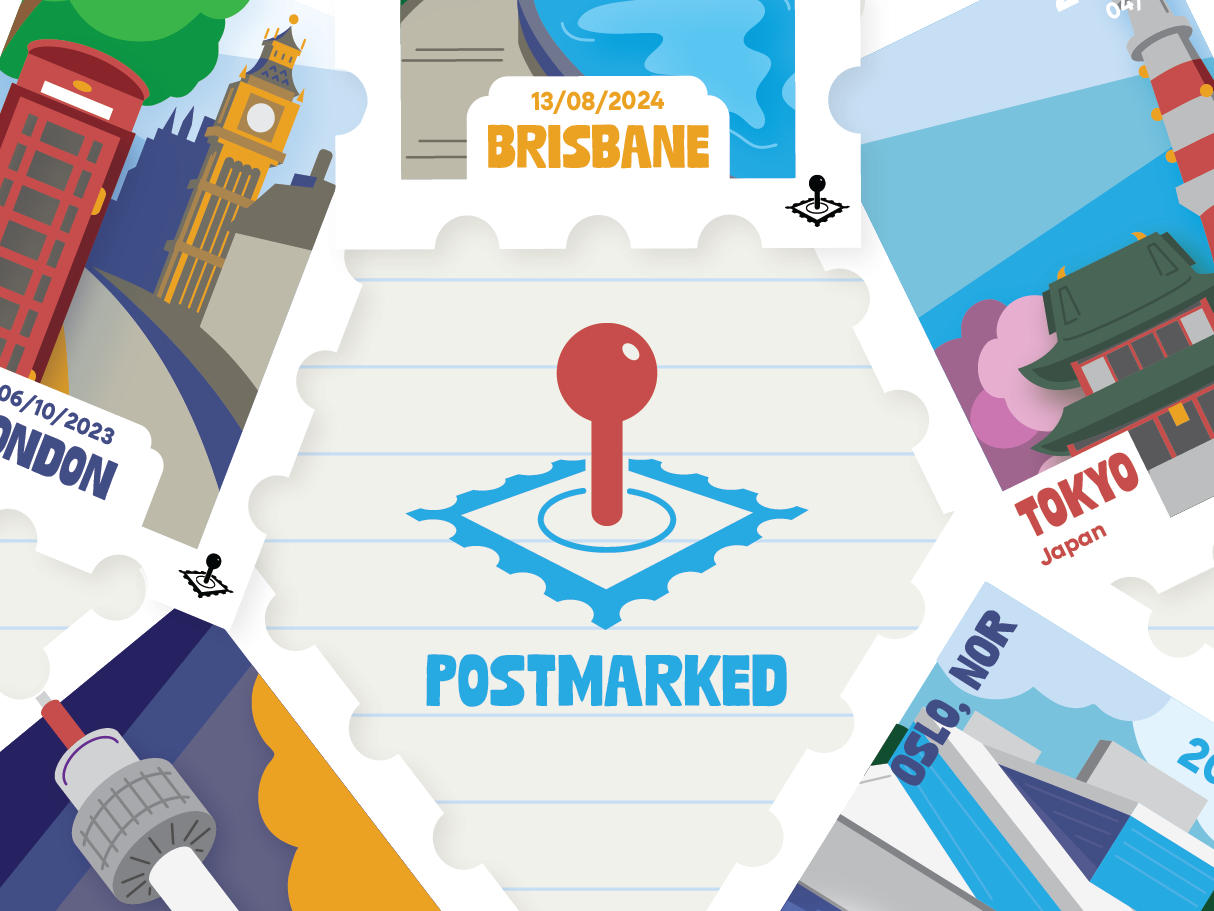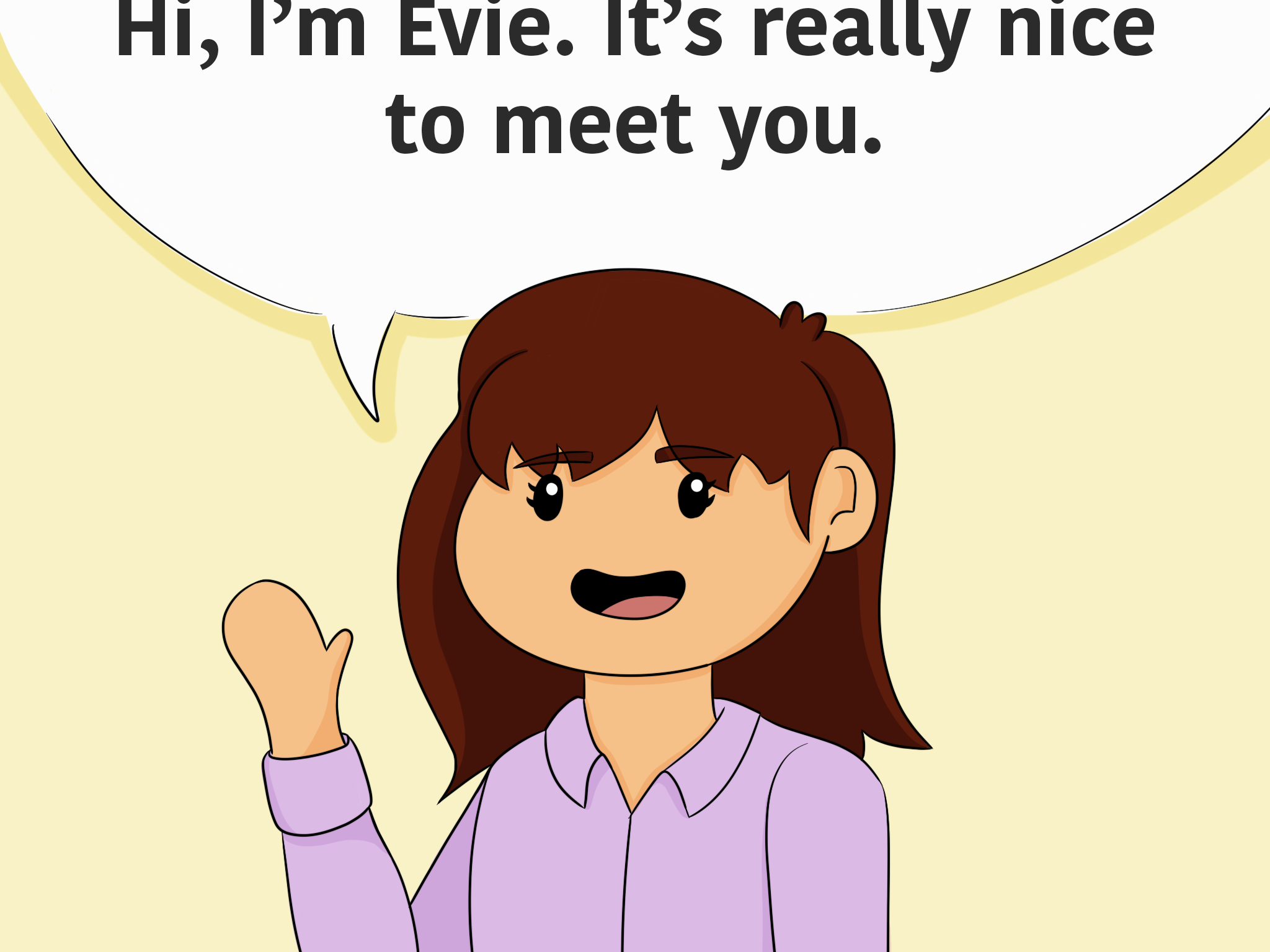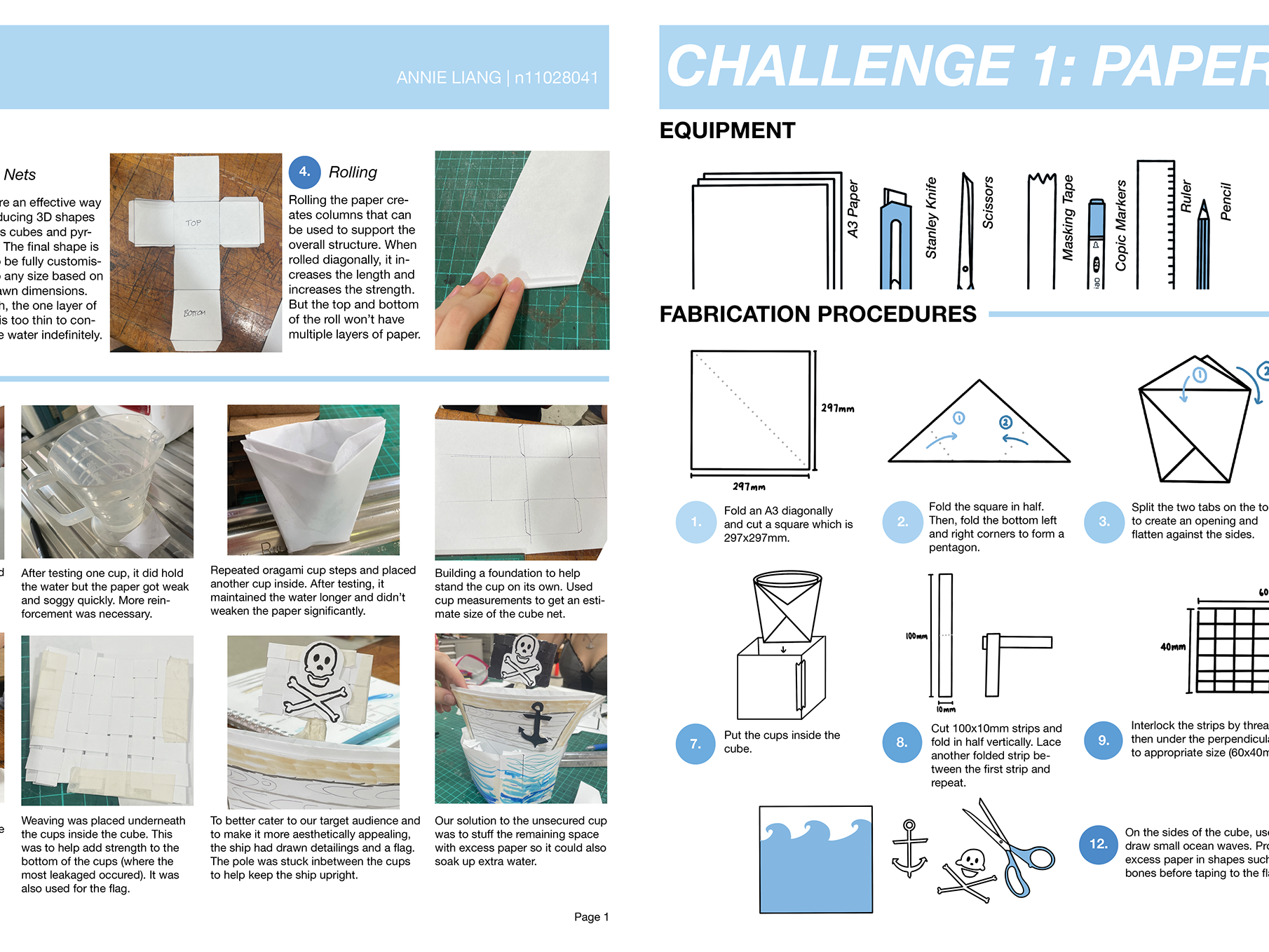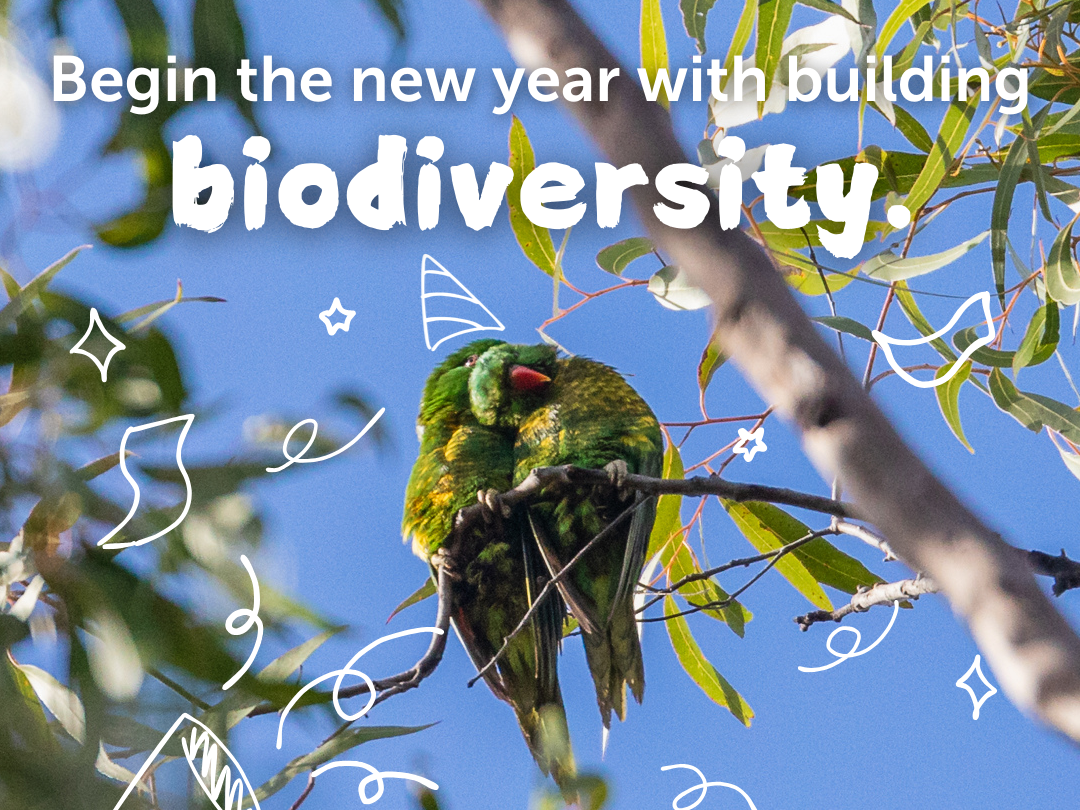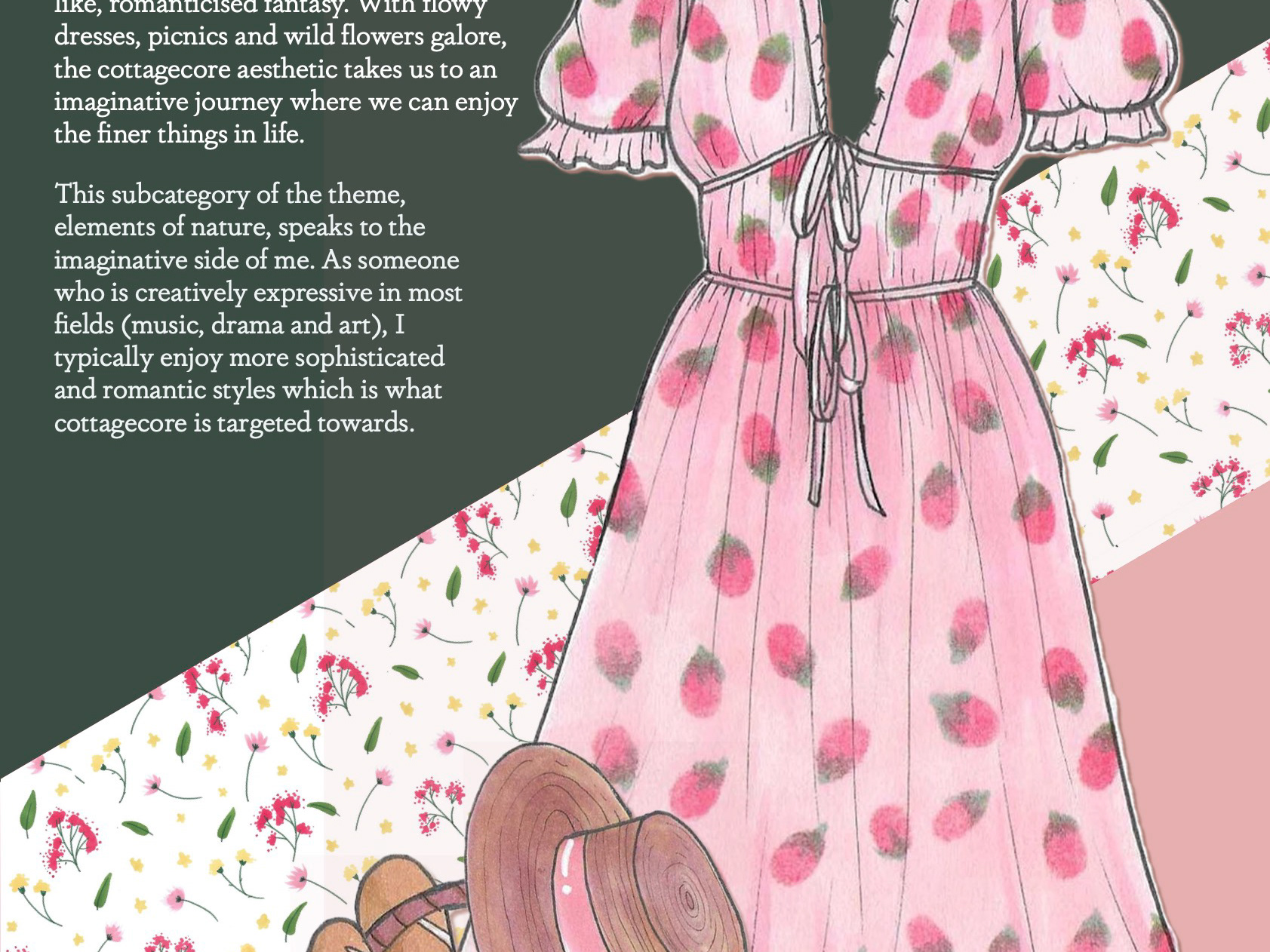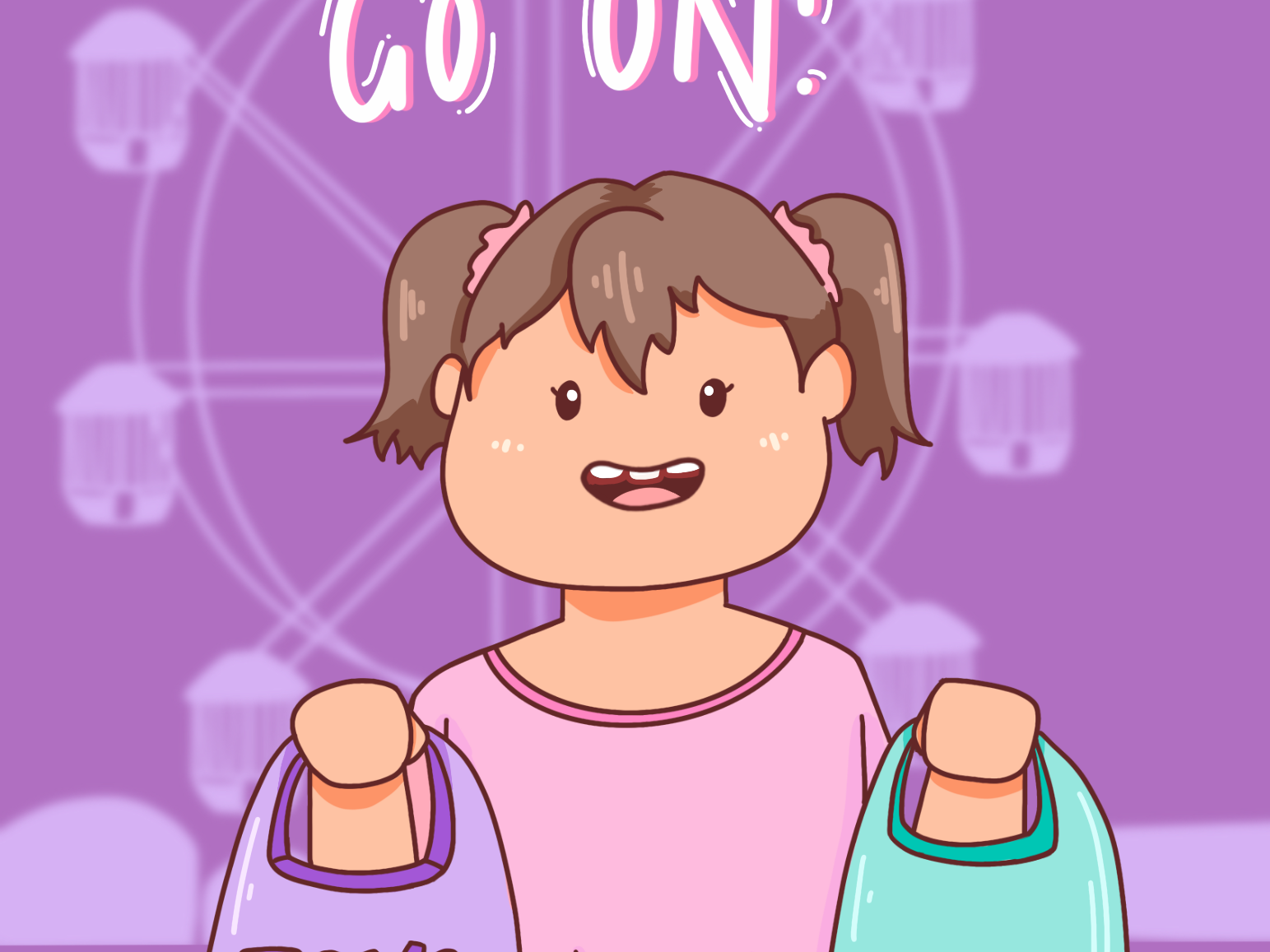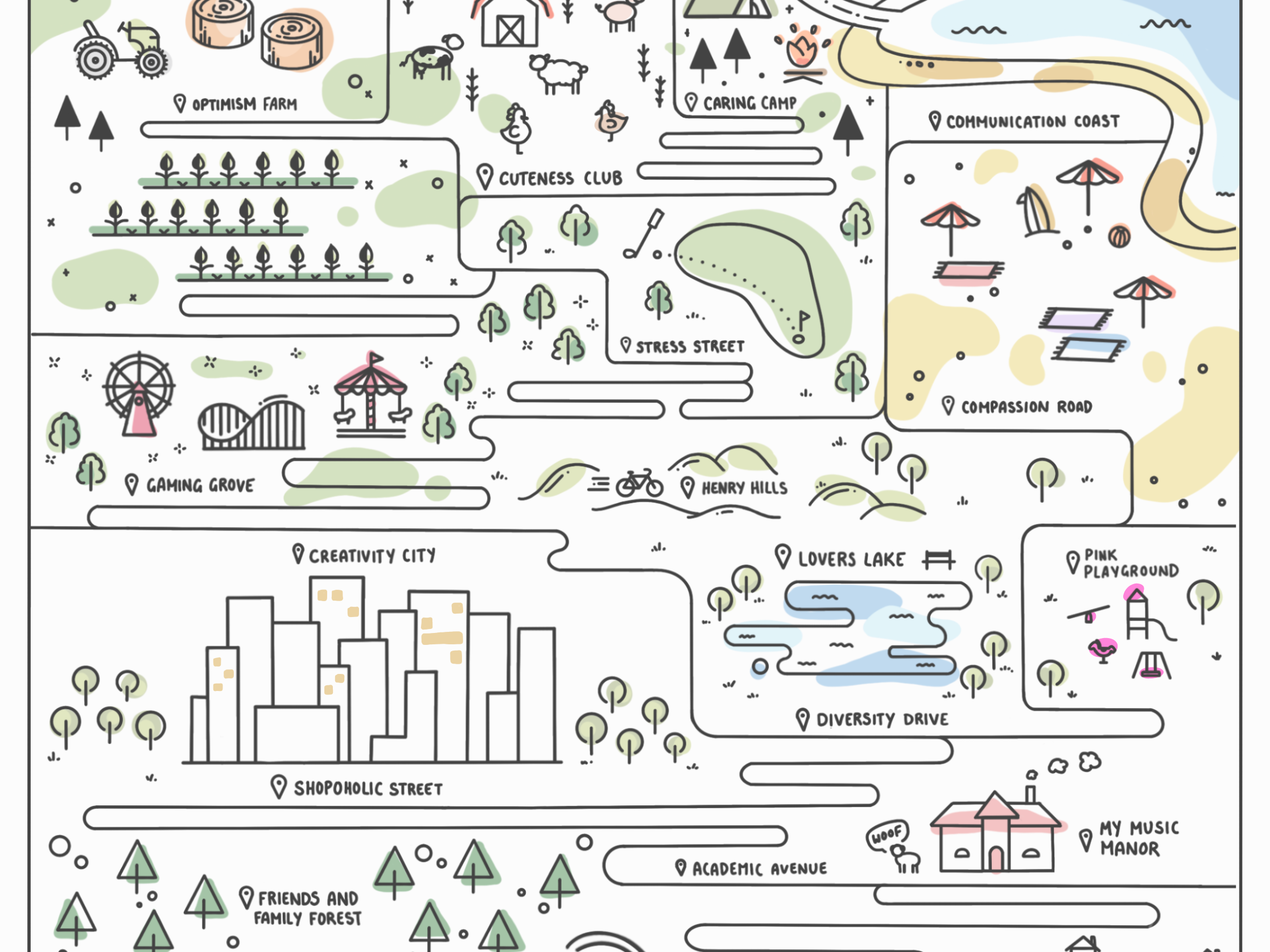Critique and Redesign - Magazine Spread
1. What is the structure of the content (main titles, subtitles, times/dates, menu, contact information, news text, body text, etc)?
The structure of this Frankie May/June 2022 issue follows a simple structure. There is one image on the upper half of the left hand page. The main title is situated below the image, using a stylised, serif typeface. The title, "grow, you good thing," is the accent colour of reddish-orange and sits on the left column of the page. The standfirst is written in all uppercase, in a thin sans-serif typeface. Finally, the author's byline is the size of the body text. The typeface is similar to those from typewriters. The bodycopy occupies the bottom half of the spread, having the first paragraph bolded. There is a prominent pull-quote situated opposite the image that matches the colour of the main title.
2. What resources did the designer use to visually represent the structure of the content, to create a visual hierarchy on the page (typeface, position, scale/size, weight, colour, contrast, orientation)?
Typeface and Weight
Firstly, the multiple typefaces fits the presentation of information. The text with the most unique typefaces are the title and pull-quote, which both use a cursive, serif typeface. The title is interesting as it doesn't possess a evidently large scale. However, it identifies itself as the title based on its weight. The typeface is thicker than the very thin, serif and sans-serif typefaces used in the spread. This appears to create more prominence on the page because of contrast, directing focus as the start of the type hierarchy.
Colour
These two text aspects also use the accent colour, drawing focus. The use of a limited colour palette works in the page's favour, applying emphasis to the important information. The colour is vibrant and bright, used to draw attention. It is also complimentary with the green in the image to help mellow the spread.
Position
The positioning of the title additionally indicates that it's the beginning by having it on the left side. All the text is left aligned, easily indicating that it is read left to right. The negative space underneath the image creates contrast to the bottom third of the page, since it is primarily filled with bodycopy. The positioning of the standfirst and the byline are directly underneath the title, displayed with a gradually diminishing scale. This implies that it is read in this top down order. The placement of the bodycopy from directly left to right magnifies the page's readability. Especially by bolding the first paragraph, it directs the reader on where to start. The paragraphs of body text are simply positioned into three columns. These columns are the width of half the page (approximately) so the information is follows a consistent grid.
3. What do you think works? What doesn't and why?
I think the spread is really resourceful with its minimal assets and colour palette. Using only a select few colours and images helps showcase the text as its primary focus. Especially with the pull-quote, the use of the accent reddish-orange allows it to be accented. The title too, the intention of using a heavier weight rather than larger scale was a smart way of keeping the simplified appearance. However, what I don't think works is the bodycopy at the bottom. It doesn't do much in differentiating what information is important or not. There aren't any subtitles or sub-categories that the body text fall in. This makes the text a lot harder to skim through.
Keeping the same colour scheme and typeface styles, the redesign of the spread organises the ideas more cleanly. Starting in the top corner of the page, the spread follows a simpler grid. The title has been scaled up to become a more prominent focal point. The bodycopy has been better categorised with the addition of subheadings. Though the spread now has less negative space, everything is better categorised for simplicity. The pull-quote in particular became less of a primary focus. It was placed within a negative space area to grant the same amount of attention, with less prominence on the page. It also makes itself a summary statement. Page setting heavily relies on how the page is balanced. Symmetry plays a huge role in ensuring that the page layout is cohesive. As shown in the reading, Bringhurst demonstrates how page layout and hierarchy is reliant on properties, typically ratios, to ensure that there isn't an overload of information (Bringhurst, 2004). This justifies the positioning of the title, image and pullquote on seperate pages. This is to more effectively balance the most important information without becoming too exhaustive.
This was surprisingly a lot more difficult than I anticipated. The organisation of body text was an interesting problem to try and solve. This was based off how much body text was on the original spread and trying to come up with new ways of presenting it. I do like the first page, how the redesign has better organised the type hierarchy from title, byline and then bolded introduction. Finding typefaces that matched similarly to the original was difficult, but I think I achieved this quite well. The addition of the accent colours is also quite playful, providing an element of excitement amongst a relatively basic design.
Event Program - Conference Line Up
The program I designed showcases my favourite developers at Nintendo. Using a similar colour scheme as the previous magazine, I was inspired by the red tones to do something Nintendo related. Inspired by this concept, I also wanted an interesting way to use typography in order to play around with type hierarchy. To begin, the title of the program uses both serif and sans-serif typefaces. The weight of both typefaces is quite heavy, indicating that this is where to start. The combination of the two typefaces assures that there is an interest point. The typefaces were chosen because they contrasted each other. This can be seen through its sans-serif and serif categories, additionally the inclination, weight and thickness. The second serif typeface, it still compliments the thickness of the sans-serif typeface, however, contrasts with the thinner strokes. This creates emphasis and it's placement at the top corner of the page, clearly indicates that it's the title. Underneath, a thin, uppercase standfirst is used as a description, followed by the byline. The idea behind the organisation of the speakers was that it be like a timeline. The line helps connect each speaker to the next. This uses GESTALT principles to create continuation throughout the entire spread. The number of speaker is large enough to quickly skim. This compliments nicely with the images of the speakers, allowing for the reader to process the information easily. The subheadings for each speaker follows a straightforward type hierarchy. Bold text, followed by semi-bolded year and location of birth, then bodycopy with a thin font. The bodycopy is also coloured a lighter shade of grey. This was to ensure that it did not clutter up too much space and would not create too much contrast against the white paper. The biggest difficulty was placement. Condensing this much information onto a 2 page A5 spread was quite difficult. Following a 3x3 grid, the images and speaker text align with the two bottom thirds. This allows for the title to occupy the space at the top, creating a primary focal point. Spacing of the speaker candidates was also quite difficult. The spacing between the images and description text was quite difficult to organise. The consistency was hopefully maintained, however, it does still appear quite inconsistent in some places. Overall, I'm actually happy with the outcome of this spread.
References
Bringhurst, R. (2004). Chapter 8: Shaping the page. The elements of typographic style (4th ed.). Hartley and Marks. 143-178.
mocksup-design.com. (n.d.). Free US Half Fold Brochure Mockup (PSD) [Mock Up]. Mocksup-Design.Com. https://unblast.com/free-us-half-fold-brochure-mockup-psd/
Nintendo. (n.d.). Aya Kyogoku [Photograph]. Nintendo Wiki. https://nintendo.fandom.com/wiki/Aya_Kyogoku?file=Aya_Kyogoku.jpg
Nintendo. (n.d.). Aya Kyogoku [Photograph]. Nintendo Wiki. https://nintendo.fandom.com/wiki/Aya_Kyogoku?file=Aya_Kyogoku.jpg
Nintendo. (2015). Eiji Aonuma [Photograph]. DualShockers. https://www.dualshockers.com/eiji-aonuma-wants-to-cut-back-on-tutorials-in-the-new-legend-of-zelda-wii-u-game/
Nintendo. (n.d.-b). Hisashi Nogami [Photograph]. The Guardian. https://www.theguardian.com/games/2020/may/13/animal-crossing-new-horizons-nintendo-game-coronavirus
Nintendo. (2021). Masahiro Sakurai [Photograph]. DotEsports. https://dotesports.com/fgc/news/masahiro-sakurai-sequel-super-smash-bros-ultimate-not-in-works-may-not-happen-at-all
Nintendo. (n.d.-b). Shigeru Miyamoto [Photograph]. IMDB. https://www.imdb.com/name/nm0594427/mediaviewer/rm3680838400?ref_=nm_ov_ph
